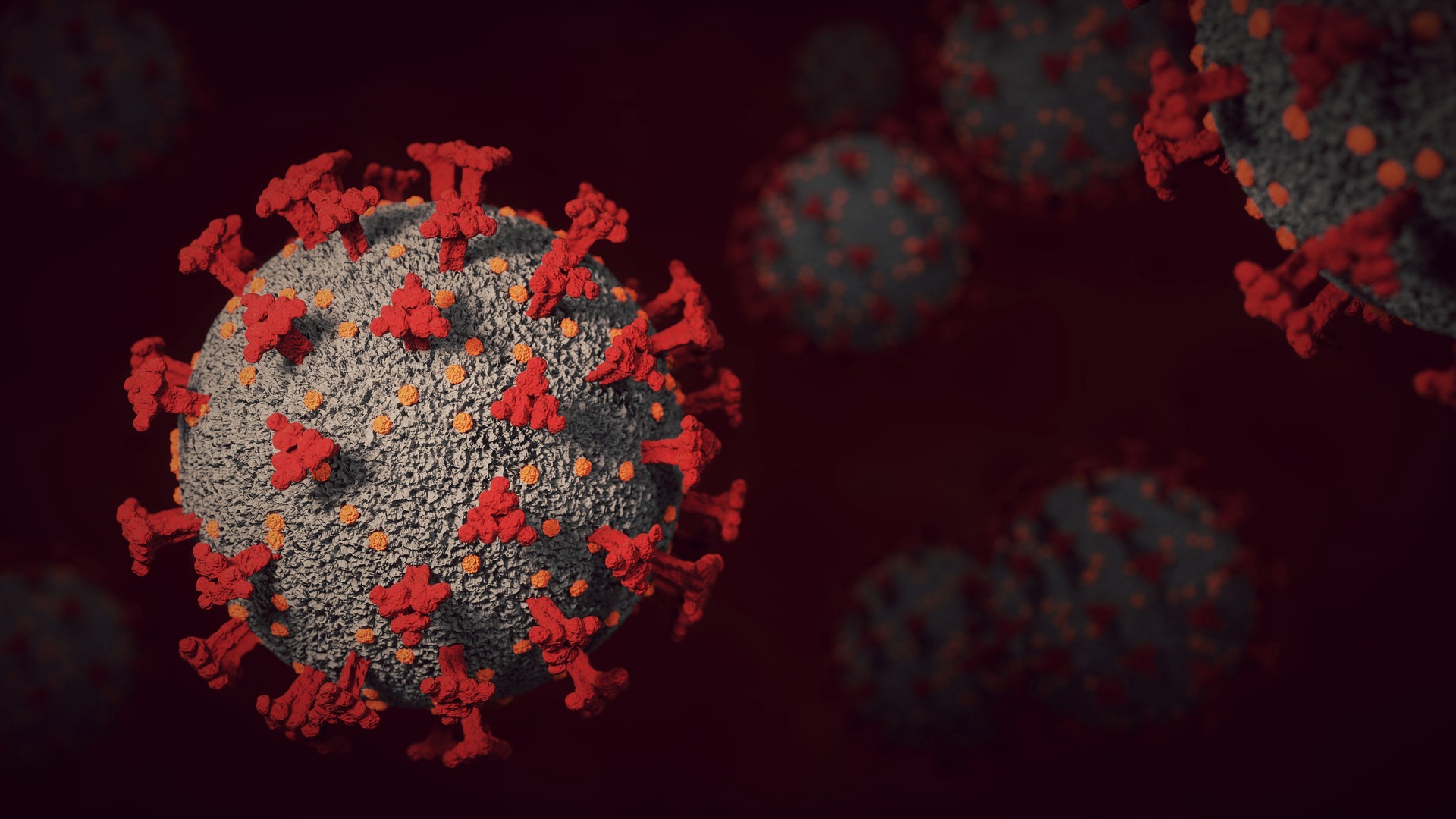Expert Reaction
These comments have been collated by the Science Media Centre to provide a variety of expert perspectives on this issue. Feel free to use these quotes in your stories. Views expressed are the personal opinions of the experts named. They do not represent the views of the SMC or any other organisation unless specifically stated.
Professor Dominic Dwyer is the Director of NSW Health Pathology at Westmead Hospital and a researcher in Immunology & Infectious Diseases in the Westmead Clinical School Institute for Clinical Pathology and Medical Research at the University of Sydney.
The BA.2 omicron variant has been identified in all jurisdictions in Australia, but only in a very small proportion of omicron cases. Other countries (eg Denmark) have had much higher numbers of the BA.2 variant, but it is unknown whether the BA.2 variant will displace the current omicron lineages. Ongoing molecular surveillance is required, and Australia is at the forefront of molecular surveillance worldwide. Fortunately, the Omicron wave in most of Australia is starting to reduce.
The UK has classified the BA.2 variant as a ‘variant under investigation’ whilst data on transmissibility and clinical characteristics are being gathered. We cannot say yet that the BA.2 variant is worse than the other Omicron strains.
Associate Professor Stuart Turville is in the Immunovirology and Pathogenesis Program at the Kirby Institute from the University of New South Wales (UNSW)
To date, BA.2 represents 2.8 per cent of Omicron sequences. Only 0.3 per cent of Omicron cases represented in Australia are the BA.2 variant, and it has been detected in Tasmania, ACT, Queensland, WA and Victoria to date. Like other variants, it represents a sub-clade that is a little different to the current more abundant Omicron BA.1.
There are unique deletions in the N-terminus of the Spike and also key changes in the receptor binding domain compared to BA.1. These changes could influence antibody binding, but it is likely that BA.1 and BA.2 will have similar large drops in vaccine efficacy. There is limited data to date though.
Changes in the receptor binding domain may increase transmissibility, but there is limited data to date to compare BA.1 to BA.2 head to head in the community.
The UK NHS is tracking both, and moving forward may be able to establish secondary attack rates (a surrogate for transmission efficiency). It may turn out to be a more transmissible sub-variant to BA.1 and not unlike what we have seen with small changes in variants that can drive the supplanting of one versus another (eg. the d614g change very early on)
Associate Professor James Wood is an infectious disease epidemiologist and modeller from the School of Population Health at the University of New South Wales, and sits on ATAGI
BA.2 looks to be outcompeting the original Omicron particularly in Denmark where it’s likely responsible for 50 per cent of new infections already. In the UK, the proportion of PCR tests with S-gene dropout (Omicron) is also falling, and this appears to be due to a rise in BA.2 rather than previous variants like Delta. Public visualisations of genomic data such as covariants.org also show increasing fractions of BA.2 in a number of countries including apparent increases in Australia.
I think we do enough whole-genome sequencing here but that this could be better organised as more of a random sample of new positive cases, which would allow us to better understand trends in new and old variants.
There is very little data about virulence or the degree to which it escapes previous immune responses to date but I’d expect that to start emerging in the next couple of weeks. My overall take at the moment is that this is a bit more transmissible than Omicron classic and will replace it over the next couple of months in Australia but that I don’t expect it to immediately cause a new epidemic wave or to lead to a major change in disease severity.
Professor Seshadri Vasan has been researching how COVID-19 has been evolving at the CSIRO
It’s absolutely normal for the SARS-CoV-2 virus to continue to evolve, and each variant of concern or VOC is just a punctuation in the evolutionary story of this virus. Accordingly, the latest VOC Omicron’s lineage B.1.1.529, which originated from a specimen collected on 9 November 2021, already includes three sub-lineages BA.1, BA.2 and BA.3, but this should not cause undue concern.
BA.2 (short for B.1.1.529.2) shares 32 mutations with the original lineage BA.1 (short for B.1.1.529.1), including well-known spike mutations such as N501Y, P681H and D614G. However, there are also 28 mutations which are different, notably BA.2 does not have the spike deletion Δ69-70 which is present in BA.1 and the Alpha VOC. Both BA.1 and BA.2 lack L452R and P681R spike mutations which are characteristic of the Delta VOC. These properties are useful to distinguish between the different variants and sub-lineages using existing sequencing technologies.
Our analysis of the global repository GISAID shows that as of 27 January, 10,811 BA.2 sequences have been reported from around the world including Australia (22 sequences), but 90% of the sequences were from three countries: Denmark (8,357), India (711) and the UK (607). Globally researchers, including my team at CSIRO, are studying the properties of this sub-lineage in comparison to BA.1 and Delta, for instance, if it’s more contagious, or will lead to immune escape or more severe disease.
So far, evidence from our colleagues in Denmark shows that while it could spread faster, there is no evidence of increased severity. Therefore it is important to keep calm and continue existing measures such as getting ourselves vaccinated, including the booster dose, and following social distancing, masks and local guidelines.



 Australia; NSW; VIC
Australia; NSW; VIC


